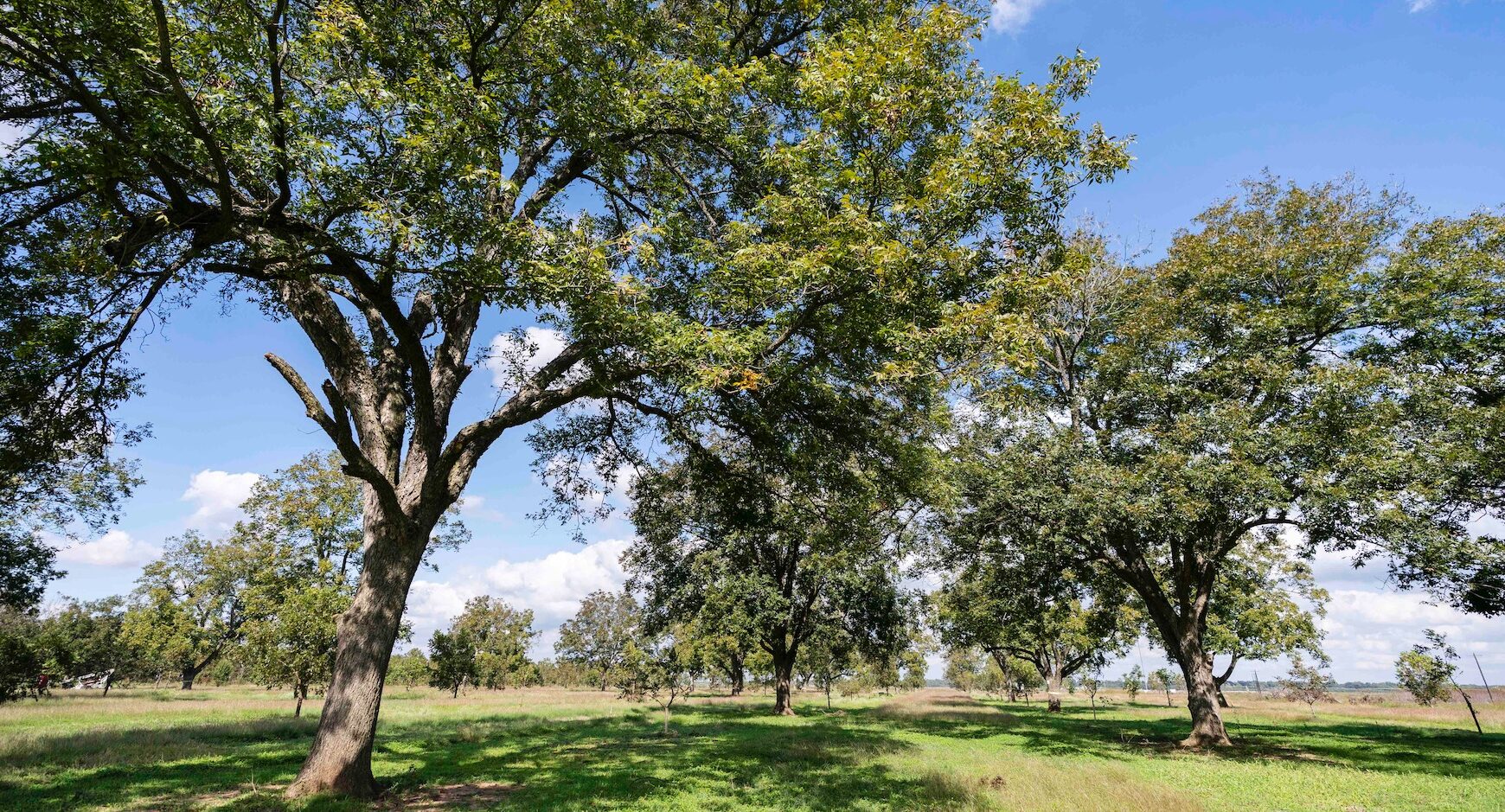The Stacked Income Protection Plan (STAX) was first offered to cotton producers in 2015. Along with the Supplemental Coverage Option (SCO), STAX is one of the area-wide plans of insurance that are designed to help a grower cover a portion of their underlying crop insurance deductible. Unlike the underlying Multi-Peril Crop Insurance (MPCI) policies, both STAX and SCO trigger indemnities based solely on area-wide losses (i.e., only if the entire county triggers a loss). Both STAX and SCO are taking on newfound importance in the 2023 Farm Bill debate, as improvements to both could serve to reduce the need for ad hoc disaster assistance. Currently STAX is still only available to cotton producers whereas SCO is widely available across the country.
In our travels around the country over the last several months, we’ve often been asked about the future of policies like STAX and SCO, and we’ve repeatedly been told that they are simply too expensive. That wasn’t too surprising to us in the case of SCO, because the premium support is just 65%. On the other hand, we were considerably more surprised in the case of STAX because the premium support is 80% – growers must pay just 20% of the premium. Consequently, in this article, we take a closer look at STAX premiums across the country for the 2023 crop year.
In the maps that follow, we present STAX premium rates (dollars of premium per dollar of liability) for the 2023 crop year assuming a coverage band ranging from 70% to 90% with a 120% protection factor (resulting in the maximum level of coverage of 24%). STAX was also assumed to include the harvest price (i.e., the guarantee can increase at harvest if prices increase during the growing season). Figure 1 illustrates dryland STAX premiums and Figure 2 illustrates irrigated STAX premiums.
As noted in the maps, there is significant variability in premium rates both within and across states, ranging from 28.83% to 81.87% for dryland and 26.7% to 75.82% for irrigated. The highest rate (81.7%) is for dryland cotton production in Bee County, TX. In other words, if the maximum indemnity possible is $1,000 per acre, RMA is charging $817 per acre to insure the crop! If premiums are actuarily fair, this implies that RMA expects the average indemnity over time to be $817. In reality, indemnities have been zero in Bee County seven of the eight years since STAX was first introduced. Even with an 80% premium subsidy, the coverage is cost prohibitive. Neighboring San Patricio County has had a very similar indemnity experience (one indemnity in eight years), and they faced a 72.69% premium rate in 2023. On close examination of the maps, it’s clear that almost every state faces situations where there is considerable variability in rates between neighboring counties.
Congress may very well choose to provide additional premium support for area-wide policies in the 2023 Farm Bill. Arguably, buying additional area-wide coverage would make considerably more sense than giving away free deductible coverage via ad hoc assistance after disaster strikes. But, the additional premium support is only effective if the underlying premiums being charged by RMA are reasonable and rational and not otherwise pricing producers out of the market for area-wide insurance, a point Congress may wish to explore as they continue their work on the next farm bill.
Figure 1: 2023 Dryland STAX Premium Rates by County

Figure 2: 2023 Irrigated STAX Premium Rates by County

Fischer, Bart L., Joe Outlaw, and Henry L. Bryant. “Crop Insurance Rating: the Curious Case of STAX.” Southern Ag Today 3(37.4). September 14, 2023. Permalink







